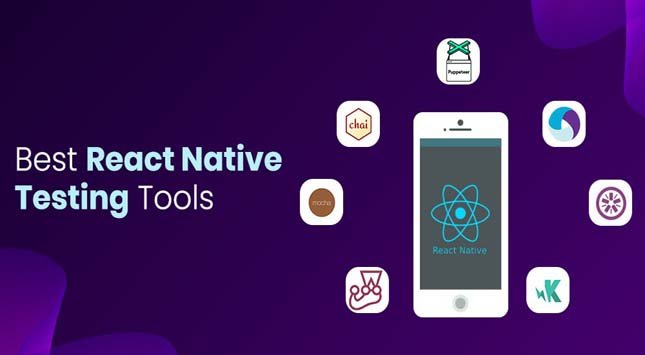As the world expands into more advanced technologies and innovations, data visualization basics are essential in analyzing trillions of data created every day.
Data has been made easy to read and understand by analyzing the most crucial content. Different fields of study such as Finance, Marketing, and History have benefitted most from data visualization techniques by enhancing easy analysis of their annual studies.
The creative concept of learning and understanding is by exploring it either on dashboards, graphs, or maps, which are basics covered through Data Visualization.
What is Data Visualization?
Before I explore deep into the content of this article, allow me to explain the meaning of Data Visualization.
Data Visualization is just a method where information or data is presented in graphs, charts, or maps for easy understanding, interpretation, and analysis.
Through these charts, it is easier to understand the trending patterns of data presented. Since the world is expanding into more advanced innovations, large volumes of data are being created every day; these massive volumes of data have been analyzed easily through data visualization techniques.
Finally, after grasping more about data visualization and presentation techniques, let’s look deep into various essential ways for better data visualization.
Choose the Correct Chart
Before you choose the correct chart to present your data, it is essential to determine the kind of information you want to convey to your audience. If you’re presenting the flow of your data then flow diagrams (Sankey) are the best fit, if you’re going for survey results there a plenty of Likert scale examples available to do the duty, and other charts for many unique purposes.
Also, consider that 3D graphics can distort your data by reducing the content of your chart; hence they are unsuitable for presenting data.
Data Order
Always make sure you arrange your data in a way that is easy to understand by your audience. This will make it easy to analyze and interpret the data by the audience. Also, the arrangement of your data should be consistent and meaningful to the audience.
Include a Zero Baseline.
For the consistency of your data presentation, a zero baseline matters for your data. It helps in removing differences and exaggerations on your data chart.
Furthermore, to easily interpret and analyze the data presented, always insert zero baselines on the chart.
Use of Colors in Highlighting the Significant Information
It is significant to use colours to present data in your chart. The same colours should be used to represent the same data for easy understanding.
A different colour should be used to elaborate on a different point. This is very significant in creating attention within the audience so that they put more interest in important messages on the chart.
Selecting the Appropriate Color Palette
You should never use palettes of mixed colours since they will create a difference in the content on your chart.
Most likely, you can use shades of a dark colour to represent the most significant message on your data chart, then light colour shades to represent other data content.
Experiment, Revise, and Edit
You need to experiment with your data charts with other online charts to compare the accuracy of your charts.
This will make it easy to revise and edit errors that may be encountered on your data charts before presenting them to your audience.
Use Hierarchy to Your Data
Arrange your data systematically for easy understanding. Always arrange your data according to the order of the content. Represent the data in a systematic and designed manner.
Understand the Purpose of Your Data
Make sure you understand why you are creating your data visualization and the path you are using to reach your intended audience.
Choose the Right Tool
Try as much as possible to use the right tool to represent your data. For example, Google Analytics data should be conveyed by using tools such as Google Data Studio or Google Sheets.
Use Predictable Patterns for Layouts.
The visual nature of humankind is always attracted to the patterns and layouts that seek to convey an important message. This means that most of the audience will be attracted to patterns and layouts that predict the importance of the content being conveyed.
Do not use patterns and layouts that are unpredictable by the intended audience, or those that do not make sense.
Strategically use Size to Visualize Values
The size predominantly adds value to content. Like colour, size can also make a valued content in terms of data value. You can use size to represent data values on maps, i.e., relating size with values.
Place the Important Points at the Top
For easy accessibility of your data, place your essential content in the top left corner of your visual charts. This is because the attention of the audience’s eyes is usually directed at the top first before accessing any other part.
Limit the Number of Views
For accurate visualization, try to limit the number of your views to about four. Too many views on your visualization will make it too large, and the content will be lost through those detailed views.
Final Verdict!
Data visualization has simplified everything in terms of data representation. This is because a wide range of information, or a large volume of data can be interpreted and presented on a graph, map, or chart rather than printing a large volume of documents, which might be time-consuming and also cost-ineffective.
Also, studying a map, a graph, or a chart saves time compared to reading volumes of documents or books to grasp the information conveyed. Due to the current technologies and innovations, it is easier to do data visualization. By using these essential tools, you will be in a better position to earn the trust of your target audience.
FAQs
Q. What are the values of good data visualization?
The main values of data visualization include choosing the best visual focusing on the major areas, making use of patterns, and comparing parameters among others.
Q. How do you make data look interesting?
Data visualization incorporates the process of arranging data in a simple and easy to read manner that attracts the attention of the readers. To make the data appear interesting, consider telling a story to your audience and emphasize the important points.
Q. How do you compose visually appealing data?
Always ensure that the data directly nails on the intended point. Also, use a good style to portray the data and to the targeted audience.






